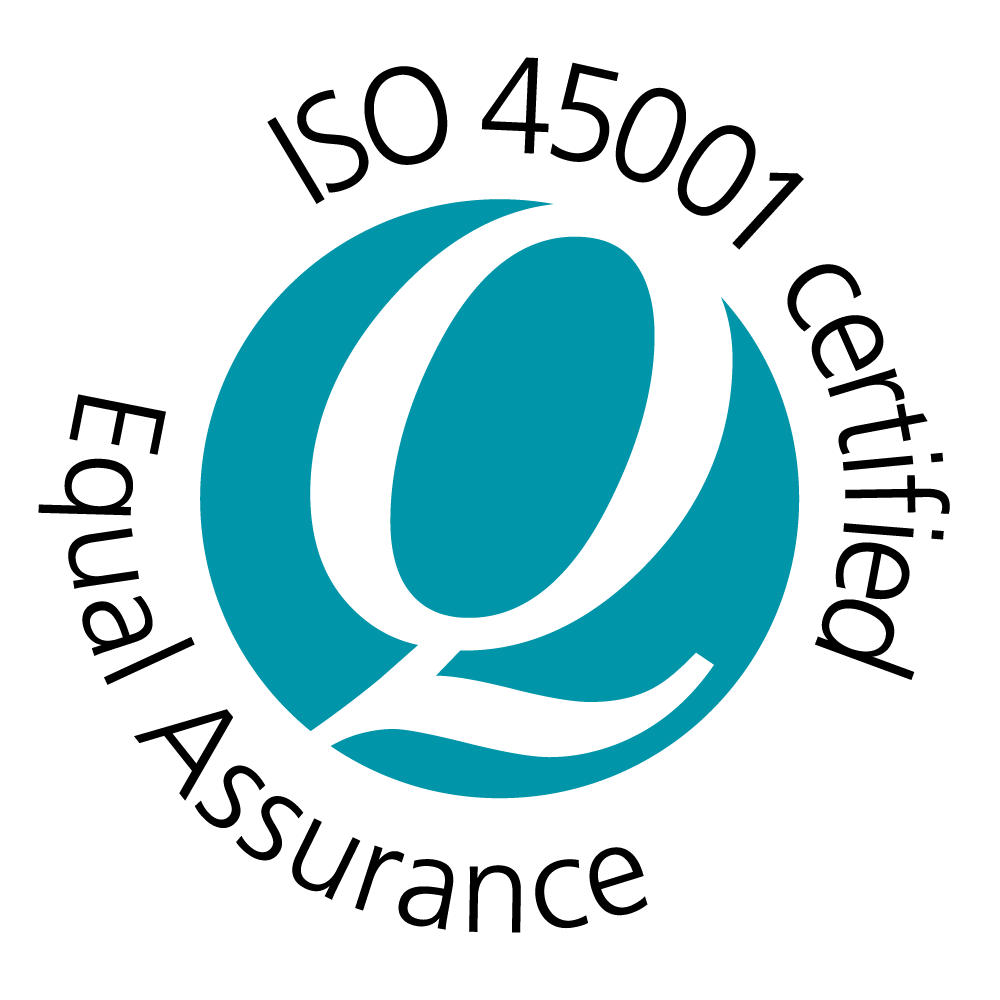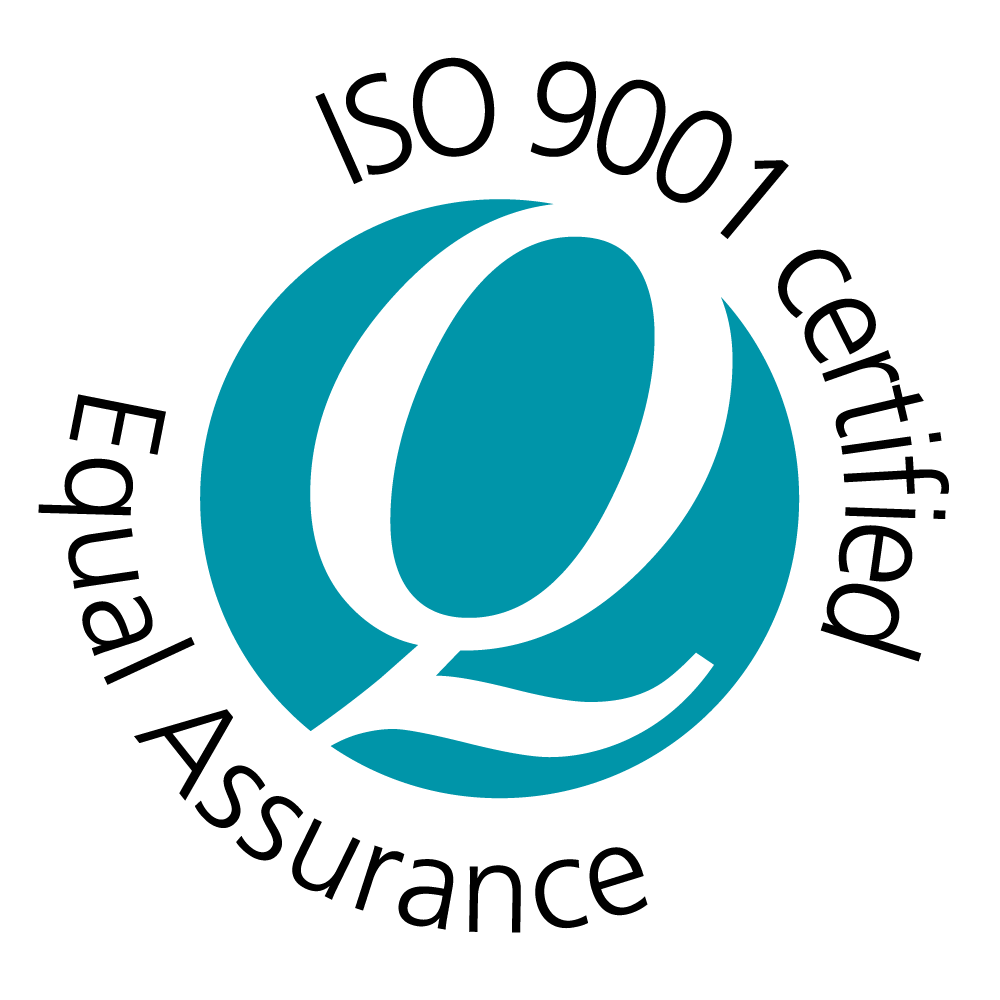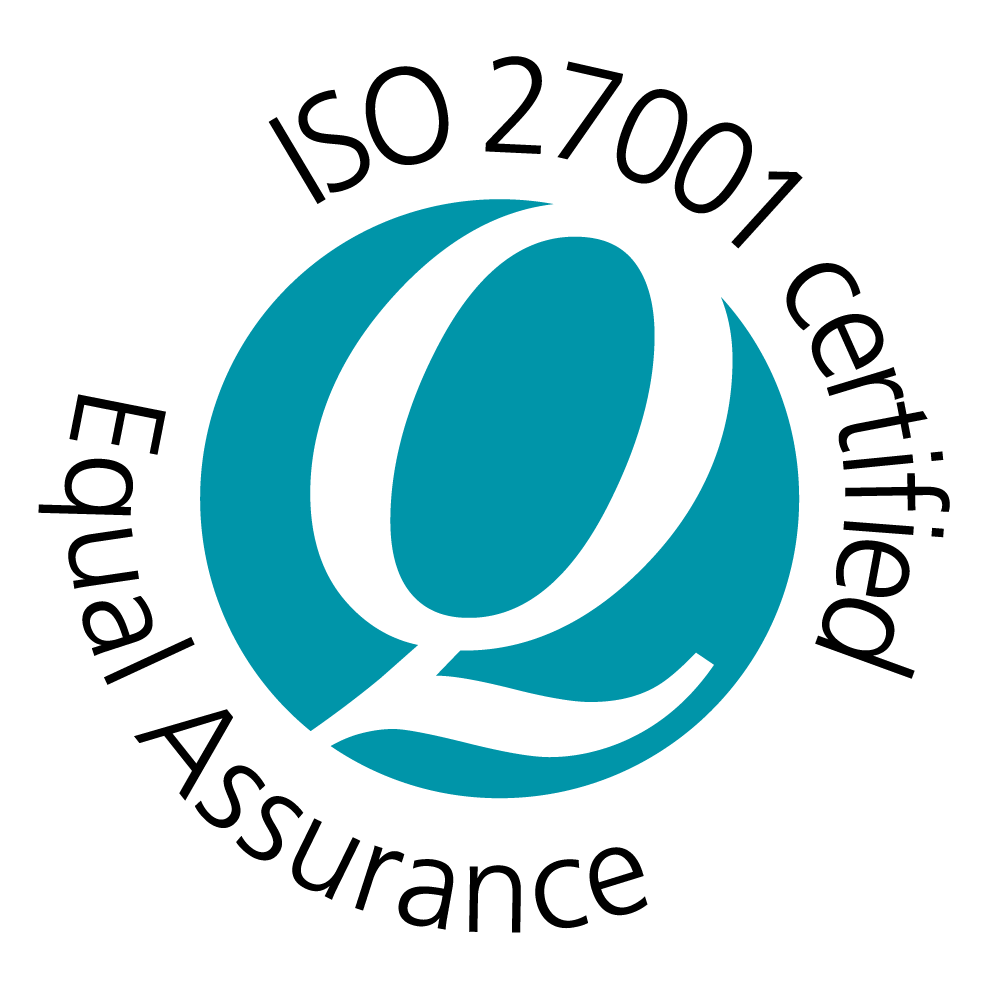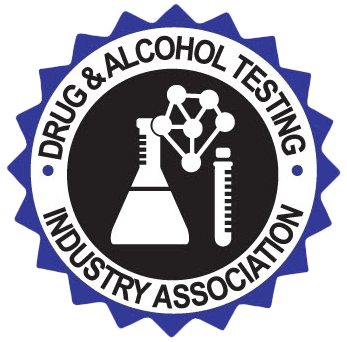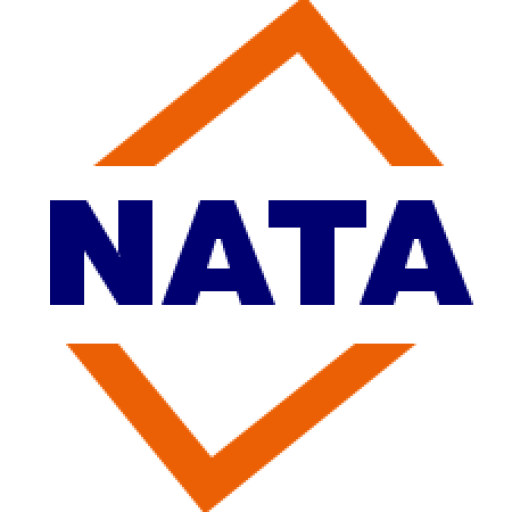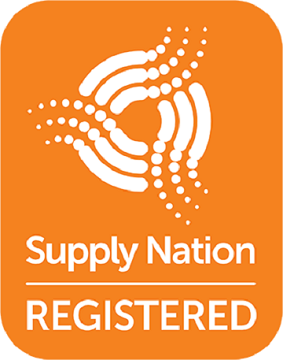
Health & Wellness Are This Program’s Pillars
How The Lovett School and its Parent Partners shield its students from substance abuse
About The Client
Since 1926, The Lovett School offers parents and its 1,650 students from kindergarten to grade 12 a
campus experience that focuses on developing the whole child. The school was founded in Atlanta by
Mrs. Eva Edwards Lovett, an early proponent of progressive education, and her innovative approaches
are reflected in the school’s Vision for Learning: “Think critically, communicate effectively, engage
creatively, and collaborate purposefully.”
Background
A desire to ensure students’ futures by deterring drug use today.
The Lovett culture is rooted in learning, character, and community, with a commitment to continuous
improvement of the school, city, society, environment, and the world. Illegal drug use is simply
unacceptable within the school’s enduring culture. For years, there has been a disciplinary policy that
the use of drugs or being under their influence on campus or at a school function would result in
dismissal. But in November of 2015 the school’s Board voted to implement a drug testing program as
a health and wellness initiative for Lovett students with a focus on deterring drug usage.
Why test for drugs using hair analysis?
Lovett staff learned that for countless drug program administrators certainty of detection and
deterrence go hand in hand, and that hair testing delivered both. Beyond that, the staff felt that
the collection process for a hair test was far less intrusive and far more in line with respecting the
individual—a core value of the school—than for a urine test. They chose Psychemedics as their
laboratory and hair testing technology for several reasons.
- A proven track record with other schools.
- Fully observed collection and record of usage for the previous 90 days eliminates cheating with sample substitution or short term abstinence they knew occurred with urine testing.
- Recommendation of Secure Test Results, selected as the program administrator. The leader for campus deterrence programs STR informs and engages parents when a student tests positive for drug use.
With the method and partner selected, program plans were put into place.
“The longer we can delay teenage use, the more effective we’ll be in reducing substance abuse among young adults.”
Dan Alig
Upper School Principal
The Lovett School
Implementation
Parents were given notice that all students would be tested in August 2016.
- Results during “pilot period” shared only with parents by Secure Test Results.
- School saw only aggregate results during this period.
- Students testing positive were not subject to disciplinary action at this time.
Universal testing launched in January 2017.
- Structured and managed as a Health and Wellness program.
- Only Secure Test Results and three designated staff see individual results.
- 1st positive: Parents are notified and the student is referred to counseling.
- 2nd positive: The student is required to withdraw from Lovett for health and wellness concerns.
With June, July and August presenting the biggest risks for experimentation by teens, all upper
school students are alerted they will be tested upon their return in the fall. This serves as a
deterrent to summer temptations. Over three days a team of stylists snips a hair sample the
diameter of a small toothpick from 650 students. The collection is virtually undetectable and, unlike
urine testing, completely non-intrusive.
Random testing serves as a powerful deterrent during the school year.
Random testing begins in September, and parents are notified when their child is
selected. As the name implies, students are randomly selected. There are 50 random
tests run per month.
- 15 Seniors, 15 Juniors, 10 Sophomores, and 10 Freshmen.
In a separate program managed by Human Resources, staff members are also tested as a condition of employment and randomly throughout the year.
Program Results
- In the “High School Survey on Student Engagement, >90% of Lovett students polled felt that the school was taking substance abuse seriously.
- Certainty of Detection gives students an acceptable “out” under peer pressure to try drugs.
- Significant and sustained reduction in positive test results.
Download the Case Study paper here.
